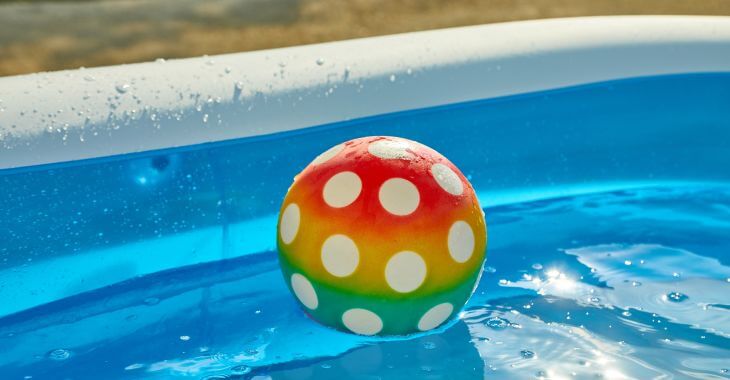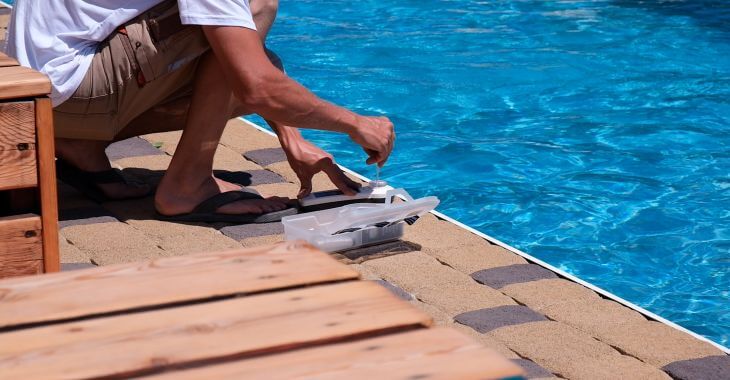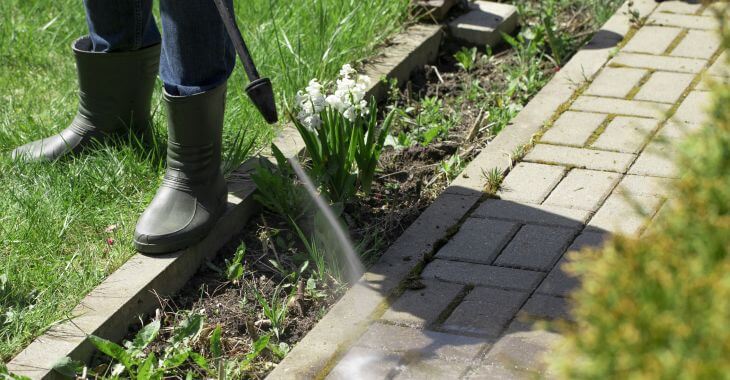How to Find a Leak in an Above Ground Pool

Finding a leak in an above-ground pool can be a frustrating experience, but with patience and a systematic approach, it’s possible to identify and repair the leak efficiently. Here is a comprehensive guide on how to find a leak in an above-ground pool.
Preliminary Checks
Before diving into detailed leak detection, allow the pool water to stabilize at its normal level. Mark the water level with a piece of tape or a pencil on the pool wall and monitor it for 24-48 hours to determine if there is a consistent drop. If there is you can perform preliminary checks:
If you notice the pool level is dropping too quickly, inspect easily accessible areas first. Check the pool’s pump, filter, and plumbing connections for any visible leaks. Ensure that the pool’s drain plug and skimmer baskets are tightly sealed.
Perform a Bucket Test
If your preliminary checks do not find the source of a leak, you can perform a bucket test. This is one of the best ways to ensure that you have a leak and are not just losing water due to use or evaporation. Follow these steps to complete a pool bucket test:
- Prepare a Bucket: Fill a bucket with pool water, leaving a few inches at the top. Mark the water level inside the bucket with a waterproof marker.
- Place the Bucket: Submerge the bucket in the pool, ensuring it’s immersed at least halfway. Place it on the pool steps or ladder to keep it stable.
- Monitor the Levels: Let the pool and bucket sit for 24 hours. Afterward, compare the water level inside the bucket to the water level outside.
If the pool water level drops more than the water inside the bucket, it indicates a leak. The following is how to find a hole in pool liner.
How to Locate the Leak
First, inspect the pool liner or walls for tears, holes, or signs of damage. Look for debris, sharp objects, or animals that might have punctured the liner. If you do not see any damage, try the following techniques to find the leak:
- Pool Dye for Leaks: Conduct a dye test by adding food coloring to the water near suspected leak areas. Observe if the dye gets drawn towards a particular spot, indicating a leak.
- Listen for Hissing Sounds: Use a stethoscope or a length of PVC pipe held against your ear and move it along the pool walls or fittings. Leaks might produce faint hissing or bubbling noises.
- Divide and Conquer: If possible, divide the pool into sections and monitor water loss in each section separately to narrow down the area of the leak.
- Inspect Fittings and Seals: Check around fittings, skimmers, return jets, and seals for any signs of moisture or leakage. Tighten loose fittings or replace damaged seals.
- Diving Mask and Goggles: For a more detailed inspection, use a diving mask and goggles to search for leaks underwater. Focus on seams, corners, and areas prone to damage.
- Thoroughly Examine Liner: Gently run your hands over the liner, feeling for tears, wrinkles, or irregularities. Look for bubbles or pockets that indicate air escaping from beneath the liner.
When you finally find the leak, you can then decide whether to fix the leak on your own, or to hire a professional.
Repairing the Pool Liner Leak
If you want to complete an above-ground pool repair, there are a few different options you can try, depending on the type of pool you have and the size of the pool liner leak.
- Patch Tears or Holes: Clean and dry the affected area thoroughly. Use a pool liner patch kit or underwater adhesive to patch small holes or tears in the liner.
- Vinyl Liner Repair: For larger tears or leaks, consider a professional vinyl liner repair kit or consult a pool technician who specializes in liner repairs.
- Seal Fittings and Joints: Apply pool-safe silicone sealant around fittings, gaskets, or areas where leaks are detected. Ensure all connections are secure and watertight.
- Consider Professional Help: If unable to locate or repair the leak yourself, seek assistance from a pool professional who specializes in leak detection and repair. Many landscaping companies also offer above-ground pool leak repairs.
Most above-ground pool repairs can be completed in a few hours, and once completed, the pool can be ready to use again within a day or two.
Preventive Measures
Maintaining proper chemical balance, cleaning filters and regularly inspecting the pool for signs of wear or damage can help prevent future leaks. You should also perform winterization – properly winterizing the pool during the off-season can prevent damage to the pool liner and components.

Identifying and repairing a leak in an above-ground pool might require time and patience. By following these steps systematically, you can effectively locate and address the leak, restoring your pool’s functionality for enjoyable swimming experiences.

